I have been in France for few weeks now… and I had to take the French TGV train very often…
That’s when I started to have some weird thoughts and remembered a problem I thought about a lot when I was younger…
I decided to write about it now that I have a bit more understanding of the dynamic phenomenons.
Maybe you had the same questions after all, who know…
When I was a kid, I was always thinking about this simple problem:
If I am on the roof of a moving train like I see in the movies and I jump on place, will the train continue to go behind my feet’s and will I fall?
What would happen if I decided to jump??
Would the train just continue to pass under my feet while I am in the air and would I fall?
Later I understood that I wouldn’t because I am going at the same speed as the train
But of course, I am neglecting the wind here…
But then…
why do I still sometimes feel the move of the train?
When it starts for exemple?
Side Note: I never actually tested my theory by jumping out of the roof of a moving Train… so please dont try what I am describing here, that would be really dangerous ;-)
Ok, back to the problem… How do you explain the “feeling” of acceleration?
Let me explain
What you feel is actually the acceleration of the train
When the train start from 0 speed it has to accelerate to reach a certain velocity
When acceleration is positive, velocity increases then when it reaches wanted velocity, the acceleration is null and velocity becomes constant
Why do we feel acceleration and not velocity then?
Acceleration is basically a difference of velocity, but combined to the mass, it becomes equivalent to a force
What this relation tells is that the acceleration is basically pulling the mass and that the Force created is proportional to it
There are 2 things to note here:
- A greater mass creates a greater force
- Inertia is the dynamic phenomenon which causes sudden forces into objects with a fast changing acceleration
When velocity rises, it doesn’t rise at once everywhere it needs time to propagate... that’s why during a very short time, I will feel the acceleration, and then I won’t…
Imagine in The train the grounds moves first, pulling your feet, then as your feet are attached to your body, the wave of speed propagates inside all the body
Now that you understand the role played by the combination of the mass and the acceleration…
You may wonder why in linear static, we often do not care about the mass at all… (Only Young’s modulus and poisson’s ratio are required in linear static analysis)
Soo….
Is the mass ALWAYS important in FEA?
As you can see here, static means that there is no dependency on time and thus, the sum of all the forces are null…
The mass thus disappear from the equation and is not considered
That’s why in FEA, we only start to care about mass in dynamic conditions... when inertia and mass really plays a role :)
OR… when we consider gravity of course (Fg = m.g)… which is a static load ;-)
Now that we have this beautiful abstract theory, maybe what you are wondering is:
“When do you actually apply this kind of thing in FEA?”
Well… you know probably if you have been reading the blog for some time that there are many types of FEA analysis.
If you don’t know about that, watch this video to refresh your knowledge:
Linear Static analysis is obviously the most easy and straightforward analysis…
But it comes with quite constraining conditions like the fact that boundary conditions have a fixed direction and value and are supposed applied infinitely slowly….
You understand though that reality may be quite different
Actually, I have always wondered what would look like in reality a load applied in an infinitely slowly manner…
It would look like in the mangas… where the character seems to be in stop motion in thin air for 30 min before actually landing a punch…
…and by the way…
When I think about it… the damage inflicted by a punch are all caused by a combination of inertia and speed… interesting ;-)
In reality, some load applied are applied so fast that if you look at their time curve… you get something like that:
Can you consider such a load as applied infinitely slowly…???
Of course not…
That’s when you will need to use more advanced analysis such as:
Linear Transient Analysis or Nonlinear Transient Analysis (if you consider the impact…)
(Yes, you can mix nonlinearity and dynamic behavior to analysis VERY short time event… this kind of analysis is like the cherry on the top of the cake ;-) )
OK, almost arrived to destination…
What have I drunk today to think about all that in the train…? ;-)
I hope at least some of those thoughts have been useful to you… don’t hesitate to leave a comment and let me know!
–Cyprien “Thinking hard in the TGV” Rusu
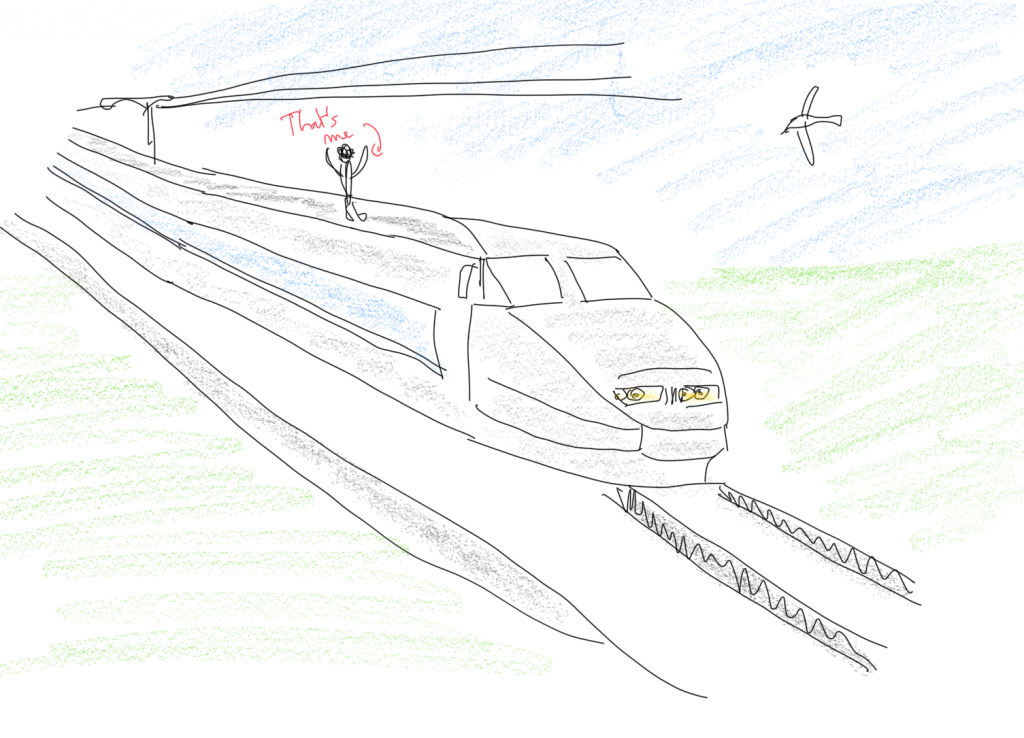
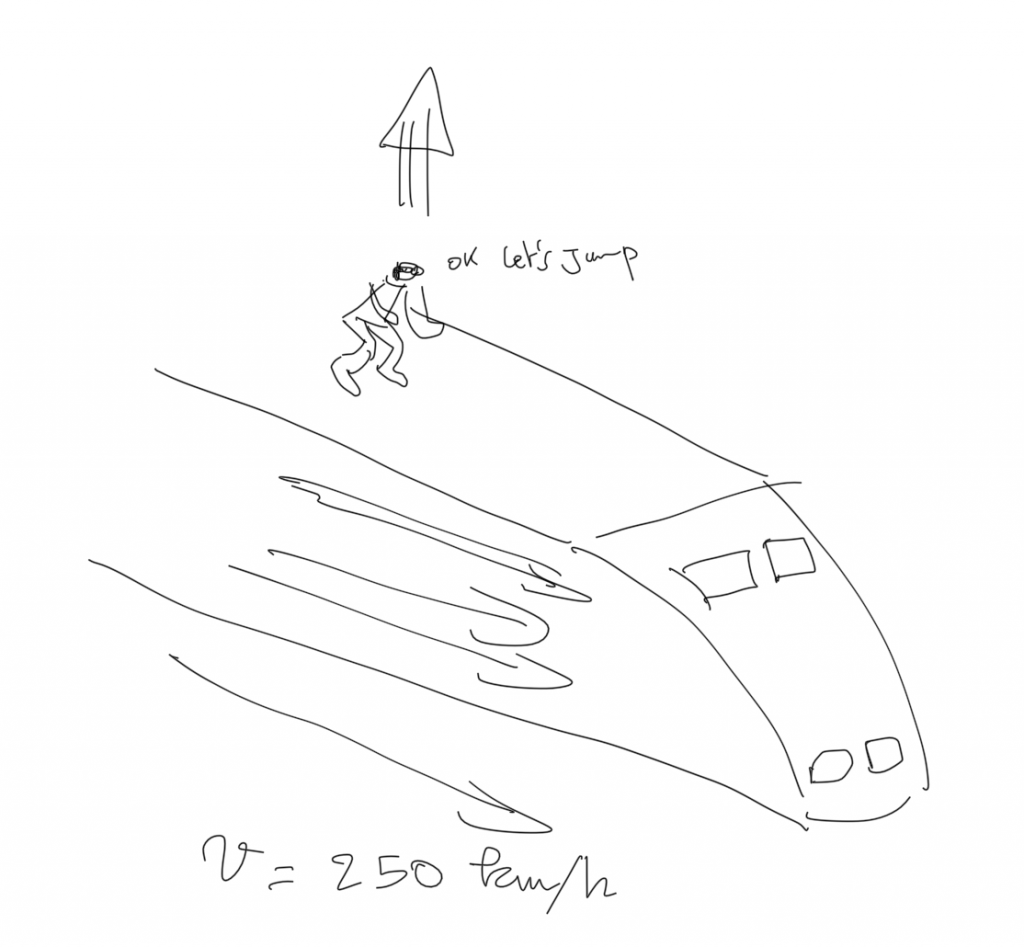
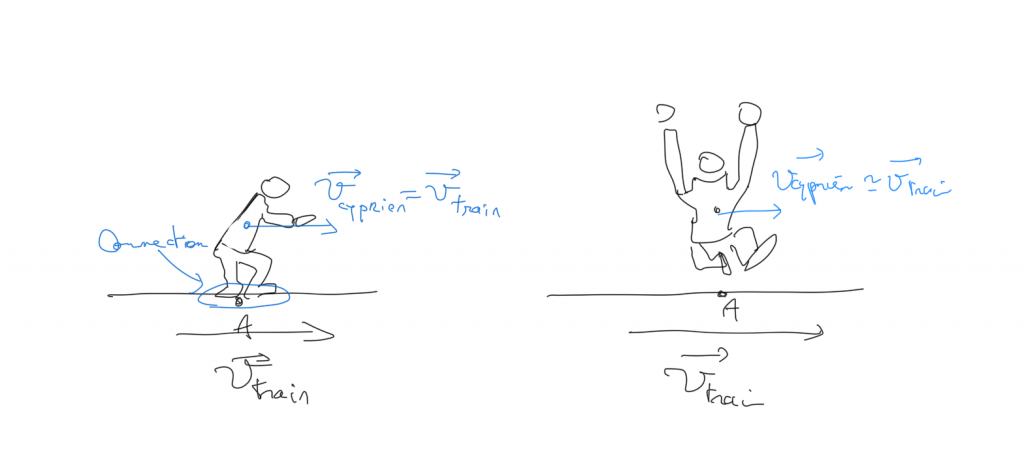
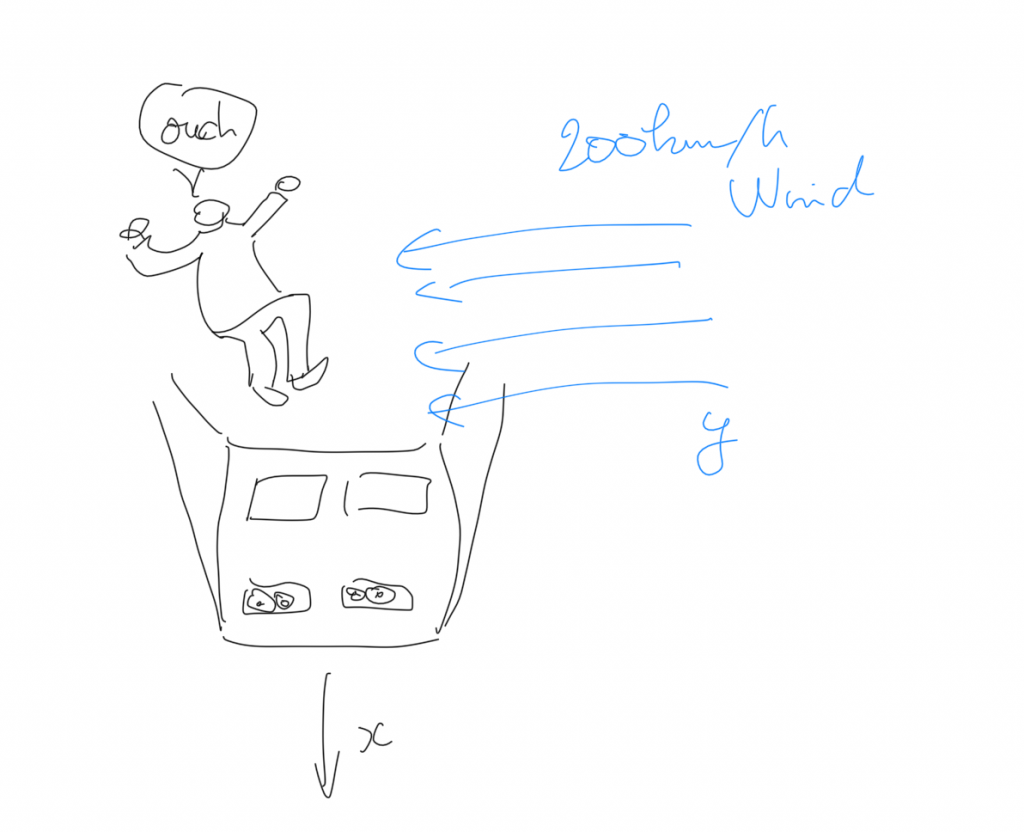
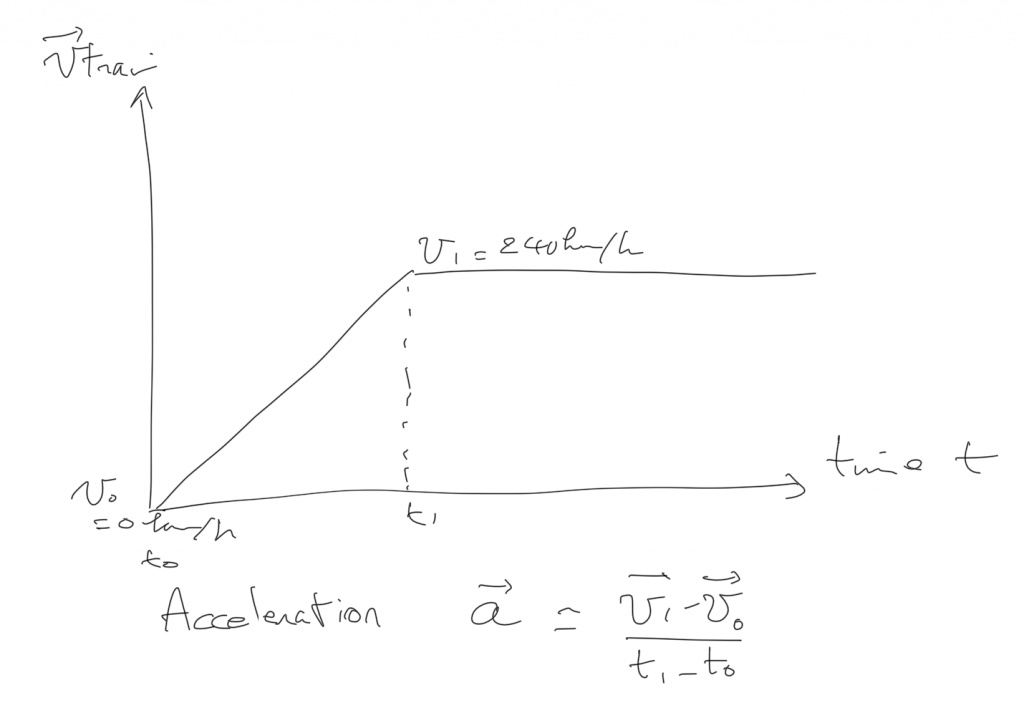



Very nice reminder of these analyses types…and concise.
Thanks Anthony!
Need help in bolted flange analysis acc to asme section viii part 1
What kind of help do you need Hari? Without a specific question, it’s difficult to answer you ;-)
Hey Cyprien, if the inertia is very less then also I can neglect the dynamic nature?
Also can you please explain the difference between Quasi static and static analysis?
Hi Cyprien,
I don’t always comment on your articles, but they usually make for very interesting reading.
Please keep on publishing and making videos, as there’s definitely a need for someone to provide a better understanding of FEA techniques and engineering knowledge.
I think there are probably a lot more Engineers out there who are reading your articles and looking at your videos than the ones you know about.
Please keep up the good work, I thank you for your effort
Best Regards,
Daryn
Thank you very much Daryn! Those few words touch me a lot, thank you for writing them and for reading the blog. I always strive to write articles to explain the world better as I understand it… It takes a lot of time and reflection, but if it is useful to many engineers to understand better mechanical principles, It makes me really happy.
Hi Cyprin,
I always wanted to understand fea from basics but had no proper source from where i could actually read from, More i read the more things got complicated but after reading your blog I did get a basic idea .
My question is as a beginner what you think I should learn step by step in order to understand FEA completely?
hello…I’m Aman sen just about to complete my graduation in mechanical engineering.
I’ve been using hypermesh as a CAE tool and Came across your blog…
Thanks for this amazing platform..